Fish farming is one of Denmark’s most important and fastest-growing food production systems. In the last decade, it has grown exponentially, becoming one of the country’s most important protein sources. Fish farming is also an essential part of Danish culture and tradition.
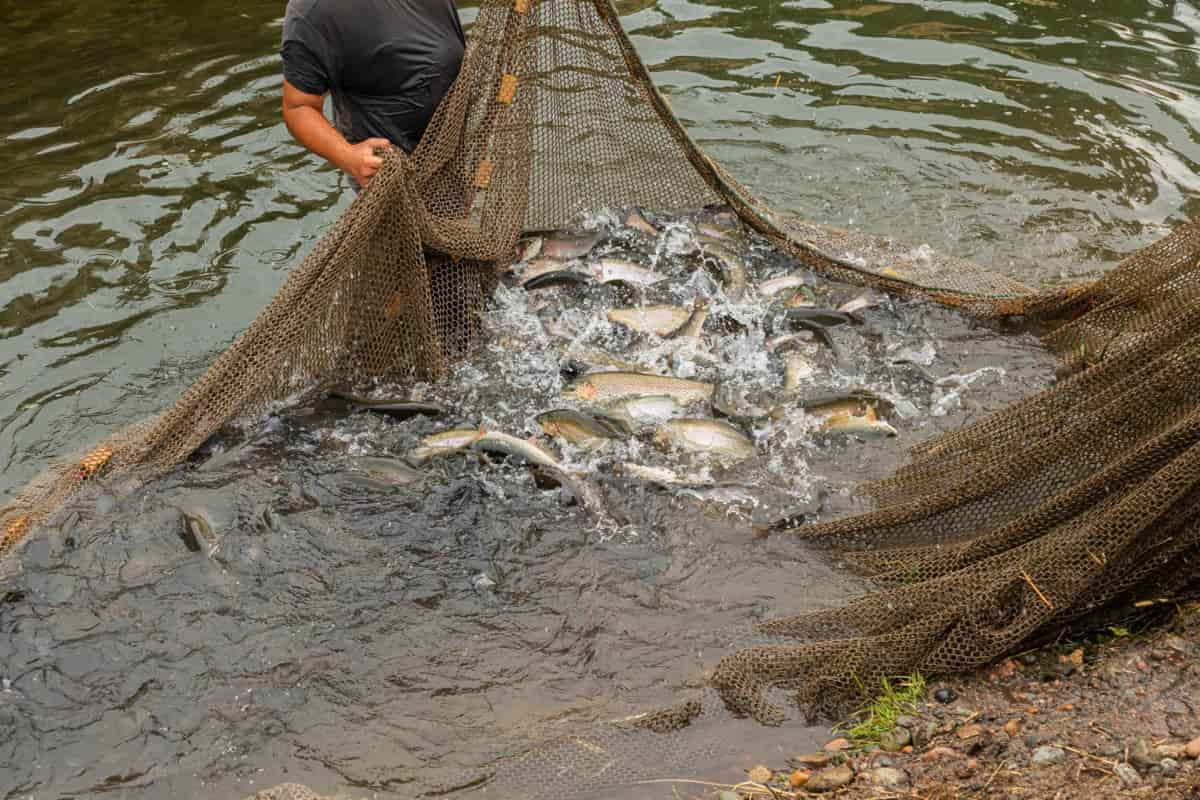
Key rules to start fish farming in Denmark
What is fish farming?
Fish farming is raising fish commercially in man-made tanks or ponds. Fish farming is essential to aquaculture, including cultivating other aquatic animals and plants. With the right techniques, it is possible to create a sustainable fish farming system that benefits both the environment and local communities.
Is fish farming profitable in Denmark?
Yes, fish farming is profitable in Denmark. It’s one of the most efficient and sustainable ways to produce fish. In addition, farmed fish is a healthy, nutritious option low in mercury and other contaminants.
Is indoor fish farming profitable?
Yes, indoor fish farming can be profitable. Indoor fish farming requires less land and water than traditional outdoor methods, making it more efficient and less expensive. In addition, fish farming in Denmark is highly regulated to ensure that the fish are raised in clean water and fed a healthy diet.
In case you missed it: Key Rules to Start Rabbit Farming in Denmark: Business Plan, Setup Cost, Profit, and Management
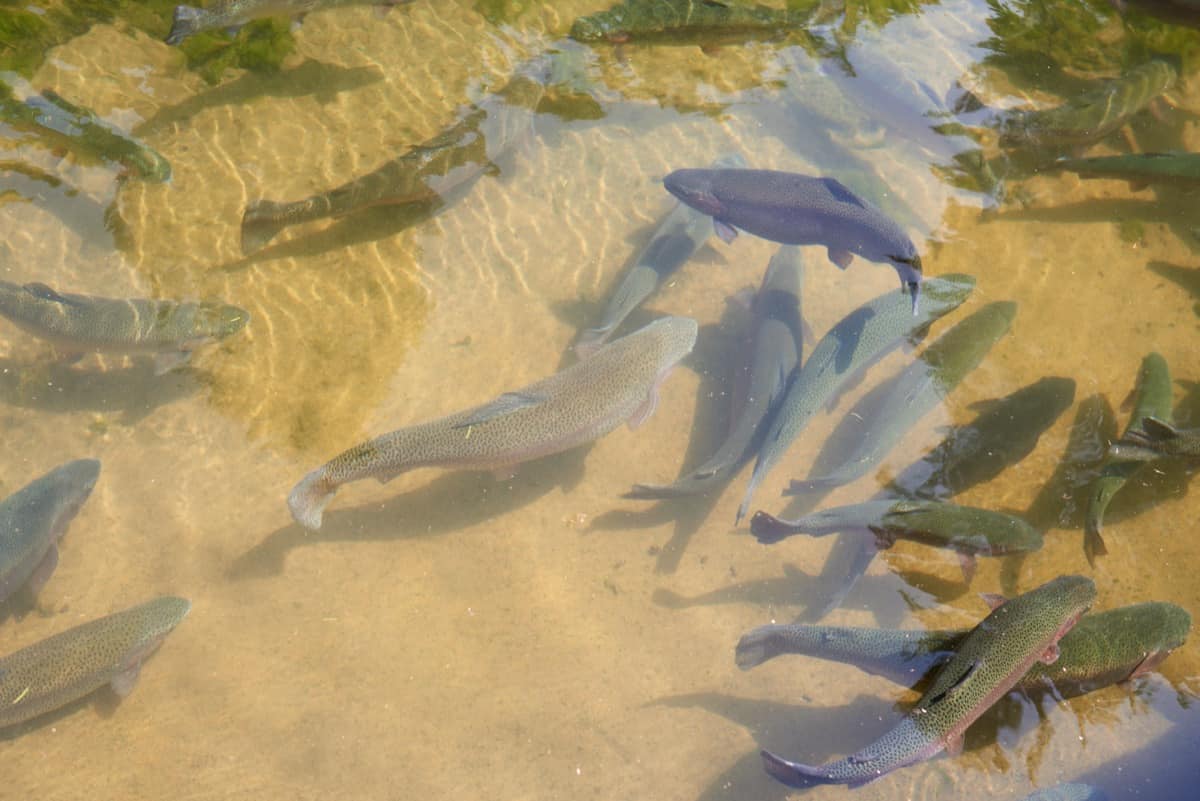
Freshwater fish farming in Denmark
Denmark is one of the world’s leading freshwater fish producers, and Danish fish farmers are at the forefront of innovation in the aquaculture industry. Danish fish farmers have developed a wide range of methods and technologies to improve the efficiency of freshwater fish farming. One example is recirculating aquaculture systems (RAS), which allow for a more controlled environment and waste management.
In addition, Danish fish farmers are working on developing new strains of fish that are more resistant to disease and can be grown in higher densities. These efforts are helping to make freshwater fish farming more sustainable and efficient.
Fish farming methods in Denmark
- Intensive fish farms are typically smaller and use more advanced technology to control water quality and temperature. As a result, these farms produce a higher fish density, requiring more frequent harvesting.
- Extensive fish farms are larger and have a lower density of fish. These farms rely more on natural processes to raise their fish, such as using seaweed to improve water quality.
Site selection for fish farming in Denmark
When starting a fish farm in Denmark, the first step is to find the right location. The site selection process for a fish farm is critical to the business’s success. Different factors to consider when selecting a site, including:
- Access to water: The farm needs access to a water source, either from a river, lake, or ocean.
- Proximity to markets: The farm should be located close to markets where the fish can be sold.
- Climate: The climate in Denmark is favorable for fish farming, with cool temperatures and ample rainfall.
- Soil type: The soil on the farm should be suitable for digging ponds and holding tanks.
- Zoning regulations: The farm must comply with local zoning regulations regarding livestock operations.
In case you missed it: Key Rules to Start Goat Farming in Denmark: Business Plan, Setup Cost, Profit, and Management
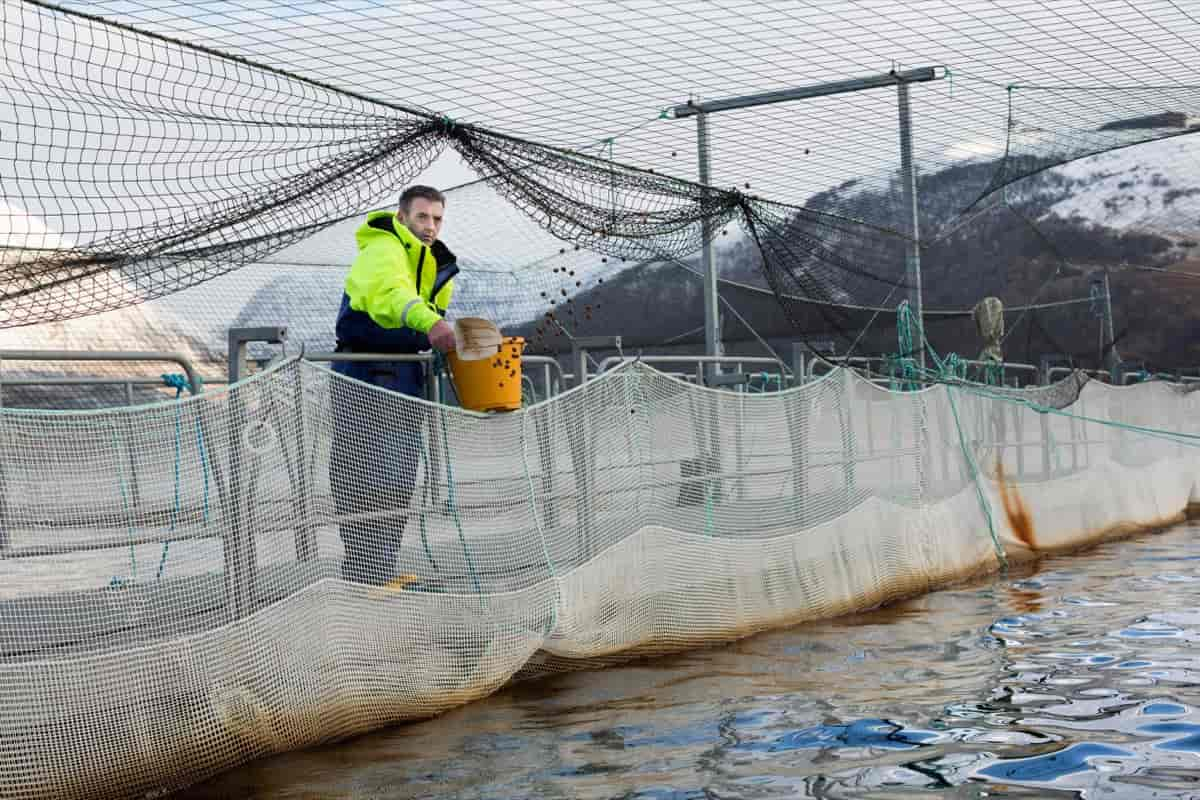
How to start a fish farming business plan in Denmark
- Do your research: Before starting a fish farming business, you must do your homework and learn about the industry.
- Write a business plan: Once you’ve done your research, it’s time to create a business plan.
- Choose a location: One of the most important decisions you’ll make when starting a fish farm is choosing the right location.
- Obtain permits and licenses: Obtain the necessary fish farm business permits and licenses from the government.
- Buy equipment: You will also need to purchase the necessary equipment for your operation. This includes tanks, pumps, filters, and aerators. You can find this equipment at local pet stores or online retailers.
- Stock your pond or tanks: Once your facility is up and running, it’s time to stock it with fish.
- Care for your fish: To ensure they are healthy and thriving, you’ll need to provide them with proper care and feeding.
- Market your products: Once you have a steady supply of fish, it’s time to start marketing and selling them to consumers.
- Manage your finances: You’ll need to keep track of your financial situation and ensure that your business is profitable.
In case you missed it: Key Rules to Start Pig Farming in Denmark: Business Plan, Breeds, Setup Cost, Proft, and Management

Key rules to start fish farming in Denmark
- Farmers must have a valid Danish Ministry of Food and Agriculture license to operate.
- Fish farms must be located in areas with little to no risk of pollution or contamination.
- Fish farmers are required to follow strict guidelines when it comes to feeding and caring for their fish.
- By following these rules, farmers can ensure that they provide a safe and healthy environment for their fish, leading to a successful business.
Select fish farming systems in Denmark
- Cage culture is a popular method of fish farming in Denmark, as it allows farmers to rear their fish in a controlled environment. This method also has the added benefit of being relatively low-cost and easy to set up. In addition, tanks or ponds can be used for cage culture, offering more space for the fish to grow.
- Pond culture is a traditional method of fish farming that is still used today in Denmark. Farmers use ponds to rear their fish, which provides a natural environment for the animals to grow and develop. Pond culture is typically used on a smaller scale than netpen or cage culture.
- Recirculating aquaculture systems (RAS) are closed-loop systems that recycle water within the facility. RAS facilities can be located anywhere, as they do not rely on a natural water source. This makes them ideal for places where land and water resources are limited.
How do you start a fish farm in Denmark?
To start a fish farm in Denmark, you must obtain a license from the Danish Ministry of the Environment.
- Apply to the Danish Ministry of the Environment, including the following: A business plan, An environmental impact assessment, and Information on the intended fish species and stocking densities
- The Ministry of the Environment will review the application and may request additional information.
- Once the application is complete, it will be forwarded to the Danish Nature Agency for review.
- The Nature Agency will assess the environmental impact of the proposed fish farm and make a recommendation to the Ministry of the Environment.
- The Ministry of the Environment will decide whether or not to issue a license based on the Nature Agency’s recommendation.
In case you missed it: Key Rules to Start Poultry Farming in Denmark: Business Plan, Breeds, Setup Cost, Profit, and Management
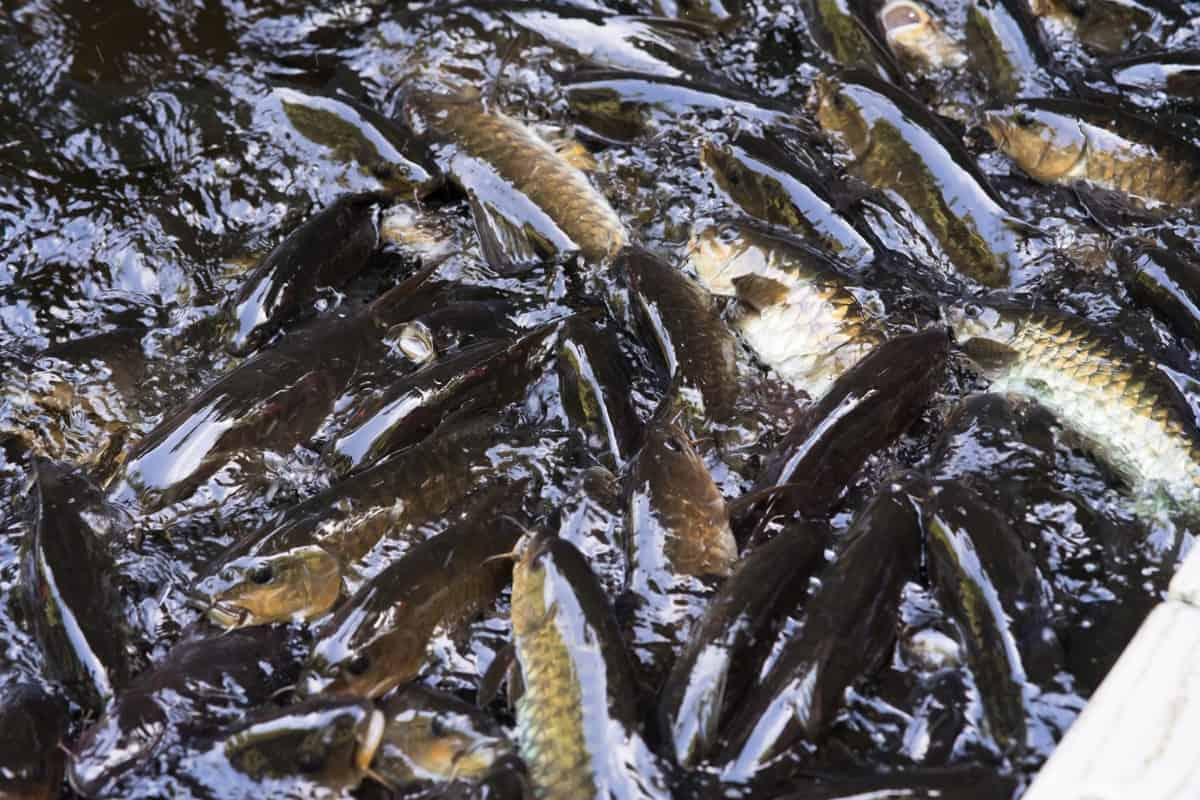
Water quality for fish farming in Denmark
Denmark has some of the highest water quality standards in the world, making it an ideal place for fish farming. The country’s waters are rich in nutrients and oxygen and are constantly monitored to ensure they remain clean and healthy. This is vital for the health of the fish, as well as the people who consume them. Fish farming is a growing industry in Denmark, with many farmers using innovative methods to produce high-quality fish.
One such method is recirculating aquaculture systems (RAS), which allow farmers to control the water quality and temperature more precisely. This results in healthier fish and a higher yield. The water quality in which the fish are raised is also very important for their health. Danish farmers ensure their water is clean and free from pollution or disease-causing organisms.
Caring & other management tips for fish farming in Denmark
- Regularly check the water quality and temperature to ensure it is suitable for your fish.
- Feed your fish a high-quality diet and provide plenty of fresh water.
- See veterinary assistance for signs of stress or illness in your fish.
- Maintaining a strong focus on biosecurity to prevent the spread of disease.
- Working closely with other local farmers to share knowledge and best practices.
Fish farming challenges in Denmark
Danish fish farmers have to contend with several challenges, including high costs, strict regulations, and unpredictable weather. But despite these challenges, they continue to produce some of the best quality fish in the world. Danish fish farmers use various techniques to manage their farms effectively, including rotational grazing, pond aeration, and careful feeding schedules. They also work closely with government regulators to ensure that their farms operate within the law.
There are several challenges associated with fish farming in Denmark. One of the main challenges is the high cost of production. Danish farmers have to import most of their fish feed, which is expensive. Additionally, Danish farmers must comply with strict environmental regulations, which also add to the cost of production. Another challenge faced by Danish fish farmers is the limited availability of land and water resources.
As a result, many fish farms are located in remote areas, which can make transportation and shipping costs high. Despite the challenges faced by Danish fish farmers, they continue to produce high-quality fish that is enjoyed by people all over the world. With careful management and a commitment to innovation, they will continue to be leaders in the global fish farming industry.
In case you missed it: How to Start Greenhouse Farming in Denmark: Business Plan, Key Rules, Setup Cost, and Profit
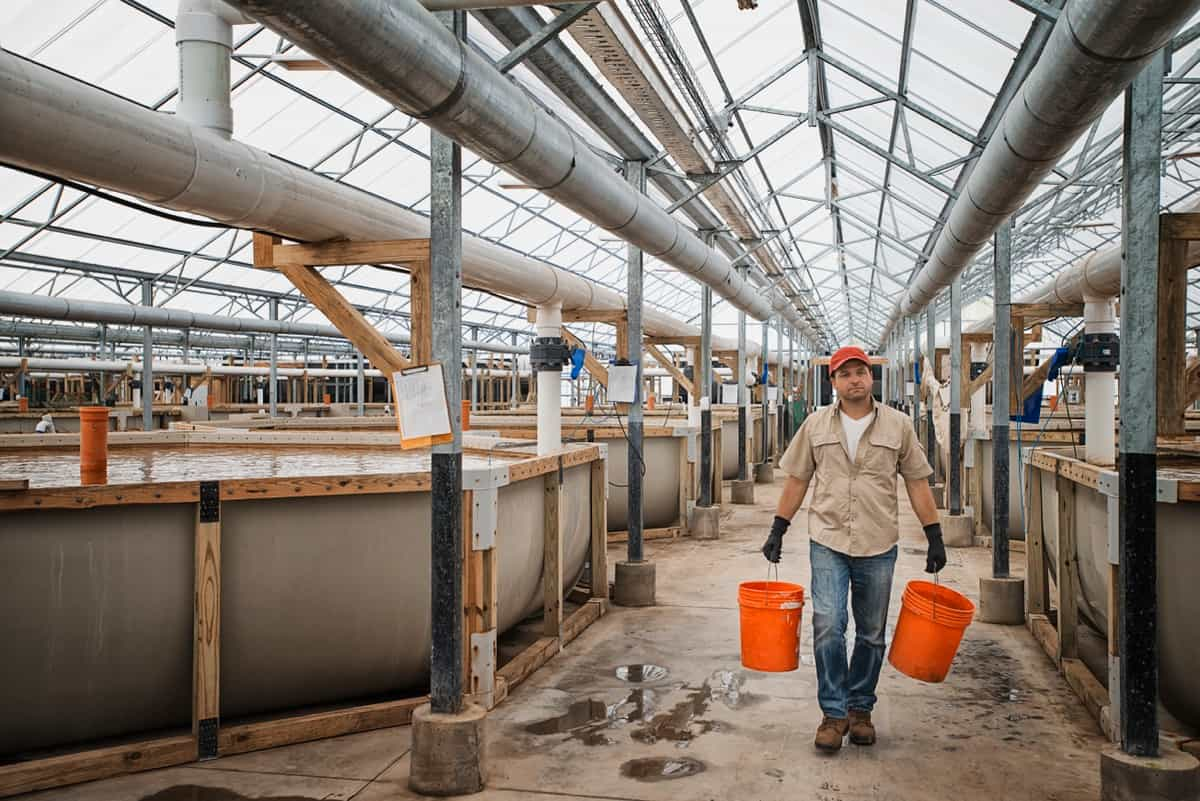
Harvesting fish in Denmark
In Denmark, fish are typically harvested in the fall, when the water temperature begins to drop, and the fish are less active. The harvest usually takes place over several weeks, during which the fisherman will work long hours to gather as many fish as possible. The process of harvesting fish in Denmark is relatively simple. First, the fisherman will set out nets where they know the fish are swimming. Once the nets are in place, they will wait for the fish to swim into them. Once the nets are full, the fisherman will pull them in and sort through the catch.
Marketing for fish farming business in Denmark
- Denmark is home to some of the world’s leading fish farmers and has a long tradition of aquaculture. The country’s cool, clean waters and temperate climate make it ideal for raising fish.
- Today, Danish fish farmers produce a wide variety of fish, shellfish, and other seafood products for domestic and international markets. Salmon, trout, and eel are among the most popular species raised in Danish fish farms.
- Danish fish farmers use modern methods and technologies to produce high-quality seafood products. They also follow strict environmental regulations to ensure that their operations do not pollute the environment or harm wild fish populations.
- Danish fish farmers work closely with retailers, distributors, and food service providers to market their products. They also participate in trade shows and other events to promote their products to potential customers.
How much does it cost to start fish farming in Denmark?
The setup cost for a fish farm in Denmark can vary depending on the size and type of operation. For a small-scale operation, the initial investment may be around Dkr.1,000. However, the investment could be upwards of Dkr.10 million for a larger operation. The costs associated with fish farming include purchasing land and equipment, constructing ponds and other infrastructure, and hiring staff. In addition, there are ongoing costs such as feed, power, and labor.
In case you missed it: Key Rules to Start Organic Farming in Denmark: Business Plan, Cost, Profit, and Management
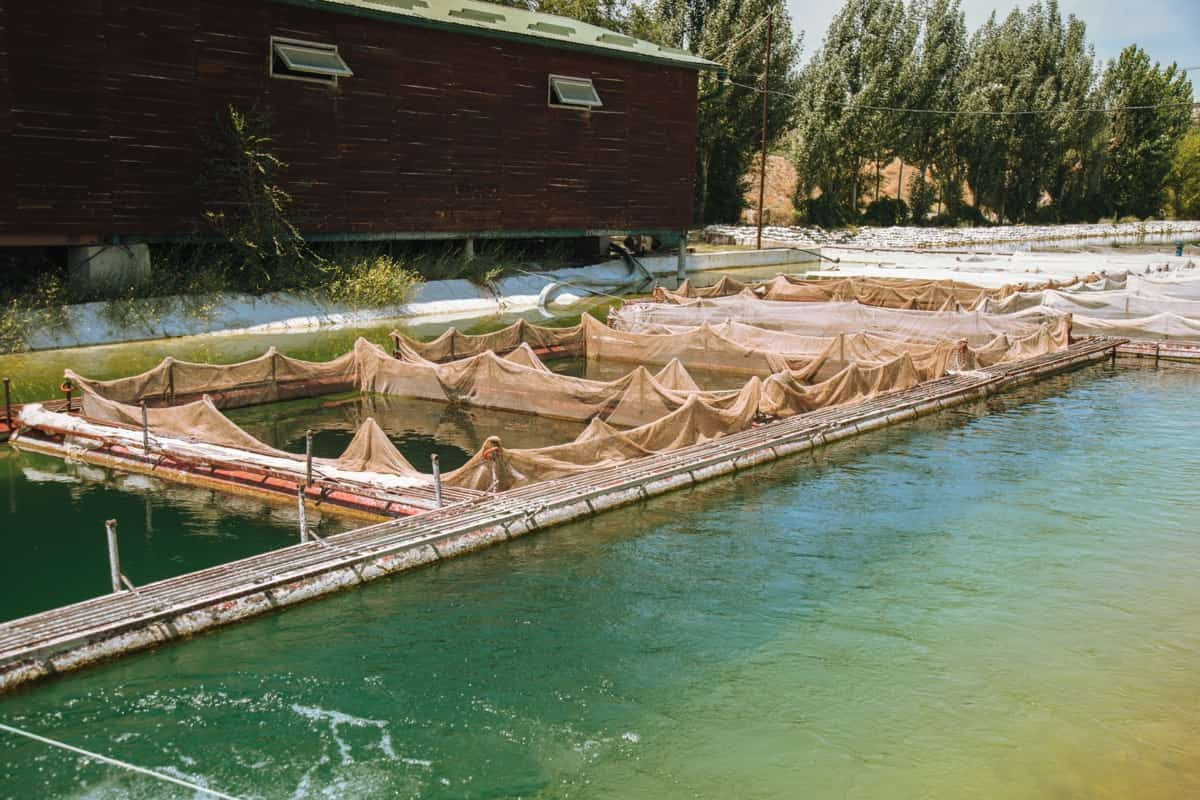
Fish farming problems in Denmark
Denmark is home to some of the world’s largest fish farms, but these operations are not without problems. One of the biggest issues facing fish farmers in Denmark is water pollution. Fish farms produce a large amount of wastewater that can contain harmful chemicals and pollutants. This wastewater is often released into the environment, polluting waterways and harming wildlife.
Another problem facing Danish fish farmers is a disease. Fish farms are breeding grounds for diseases and parasites, which can infect wild fish populations. In addition, using antibiotics and other chemicals on fish farms can lead to the development of antibiotic-resistant bacteria, which can spread to humans and cause serious health problems.
Finally, fish farming operations in Denmark often require large amounts of energy, which can contribute to climate change. The production of fish feed requires a lot of energy, as does pumping water into and out of fish tanks. As a result, Danish fish farmers are working to develop more efficient methods of farming fish.
Fish species available in Denmark
Various fish species are available for farming in Denmark, including salmon, trout, and eel. Salmon is the most popular fish farmed in Denmark, followed by trout. Some other important fish species are Garfish, European eel, Ninespine stickleback, Eastern mudminnow, Spined loach, European flounder, Thicklip grey mullet, Thymallus thymallus, European river lamprey, Stone moroko, Common dragonet, Agonus, and Turbot.
In case you missed it: Growing Carrots Organically in Punjab: Cultivation Practices and Production Management
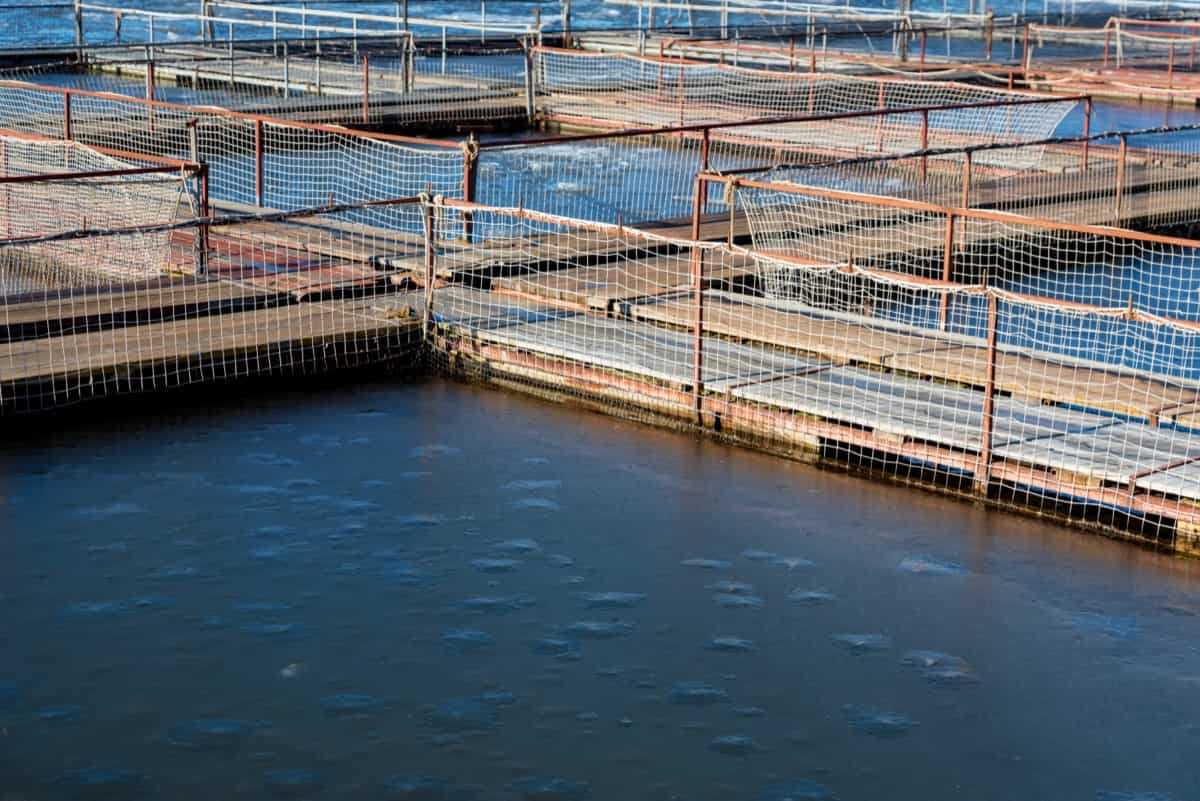
Conclusion
Fish farming in Denmark has been an important part of the economy for centuries, and its importance continues to grow. Furthermore, with fish as an increasingly popular source of protein worldwide, Danish businesses have seized this opportunity by introducing innovative technologies that allow them to produce large quantities of high-quality seafood products. In Denmark, fish farming accounts for about 10% of the country’s total seafood production. The majority of farmed fish in Denmark are rainbow trout and Atlantic salmon.
- Types of Pesticides Used in Agriculture: A Beginner’s Guide
- Economical Aquaculture: A Guide to Low-Budget Fish Farming
- 15 Common Planting Errors That Can Doom Your Fruit Trees
- How to Make Houseplants Bushy: Effective Tips and Ideas
- Innovative Strategies for Boosting Coconut Pollination and Yield
- Pollination Strategies for Maximum Pumpkin Yield
- The Complete Guide to Chicken Fattening: Strategies for Maximum Growth
- Natural Solutions for Tulip Problems: 100% Effective Remedies for Leaf and Bulb-Related Issues
- Revolutionizing Citrus Preservation: Towards a Healthier, Greener Future
- Natural Solutions for Peony Leaf and Flower Problems: 100% Effective Remedies
- Maximizing Profits with Avocado Contract Farming in India: A Comprehensive Guide
- Natural Solutions for Hydrangea Problems: 100% Effective Remedies for Leaf and Flowers
- The Ultimate Guide to Choosing the Perfect Foliage Friend: Bringing Life Indoors
- From Sunlight to Sustainability: 15 Ways to Use Solar Technology in Agriculture
- The Ultimate Guide to Dong Tao Chicken: Exploring from History to Raising
- The Eco-Friendly Makeover: How to Convert Your Unused Swimming Pool into a Fish Pond
- Mastering the Art of Delaware Chicken Farming: Essentials for Healthy Backyard Flocks
- 20 Best Homemade Fertilizers for Money Plant: DIY Recipes and Application Methods
- How to Craft a Comprehensive Free-Range Chicken Farming Business Plan
- Brighten Your Flock: Raising Easter Egger Chickens for Beauty and Bounty
- How to Optimize Your Poultry Egg Farm Business Plan with These Strategies
- Subsidy for Spirulina Cultivation: How Indian Government Schemes Encouraging Spirulina Farmers
- Ultimate Guide to Raising Dominique Chickens: Breeding, Feeding, Egg-Production, and Care
- Mastering the Art of Raising Jersey Giant Chickens: Care, Feeding, and More
- Ultimate Guide to Raising Legbar Chickens: Breeding, Farming Practices, Diet, Egg-Production
- How to Raise Welsummer Chickens: A Comprehensive Guide for Beginners
- How to Protect Indoor Plants in Winter: A Comprehensive Guide
- Ultimate Guide to Grow Bag Gardening: Tips, Tricks, and Planting Ideas for Urban Gardeners
- Guide to Lotus Cultivation: How to Propagate, Plant, Grow, Care, Cost, and Profit
- Agriculture Drone Subsidy Scheme: Government Kisan Subsidy, License, and How to Apply Online
- Ultimate Guide to Raising Araucana Chickens: Breed Profile, Farming Economics, Diet, and Care
- Bringing Hydroponics to Classroom: Importance, Benefits of Learning for School Students
- Ultimate Guide to Raising Polish Chickens: Breed Profile, Farming Economics, Diet, and Care
- Ultimate Guide to Raising Australorp Chickens: Profile, Farming Economics, Egg Production, Diet, and Care
- Silkie Chicken Farming: Raising Practices, Varieties, Egg Production, Diet, and Care
- Sussex Chicken Farming: Raising Practices, Varieties, Egg Production, Diet and Care